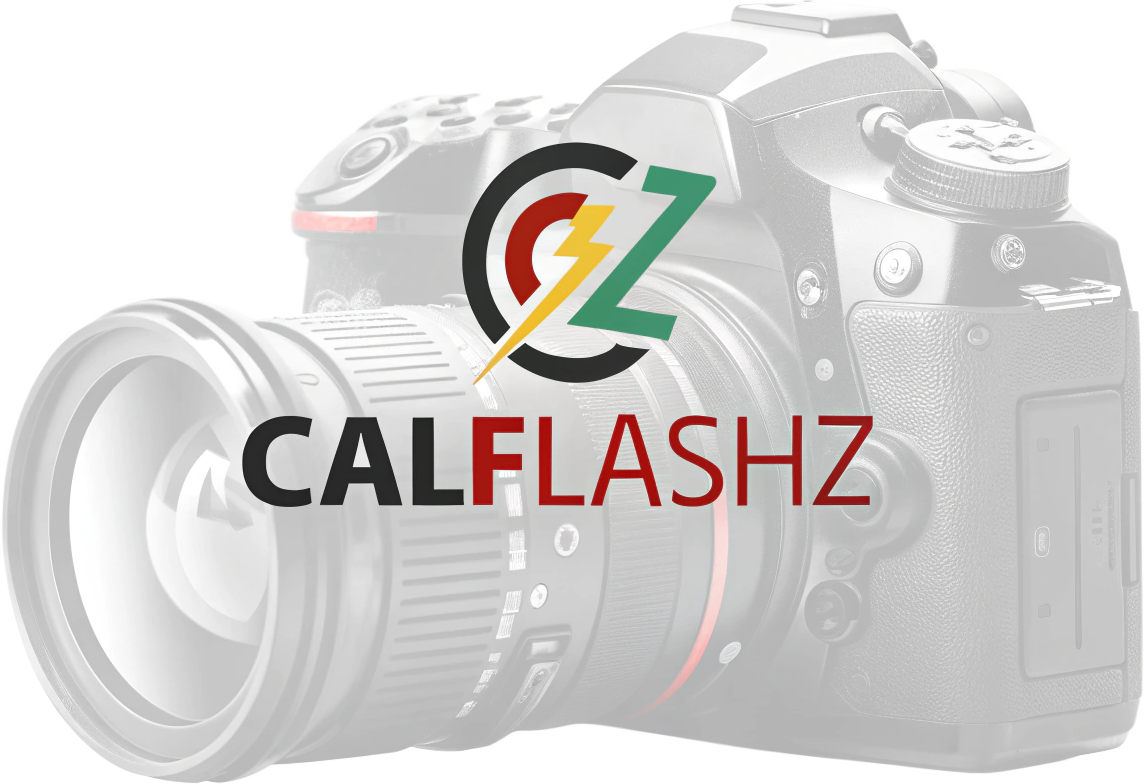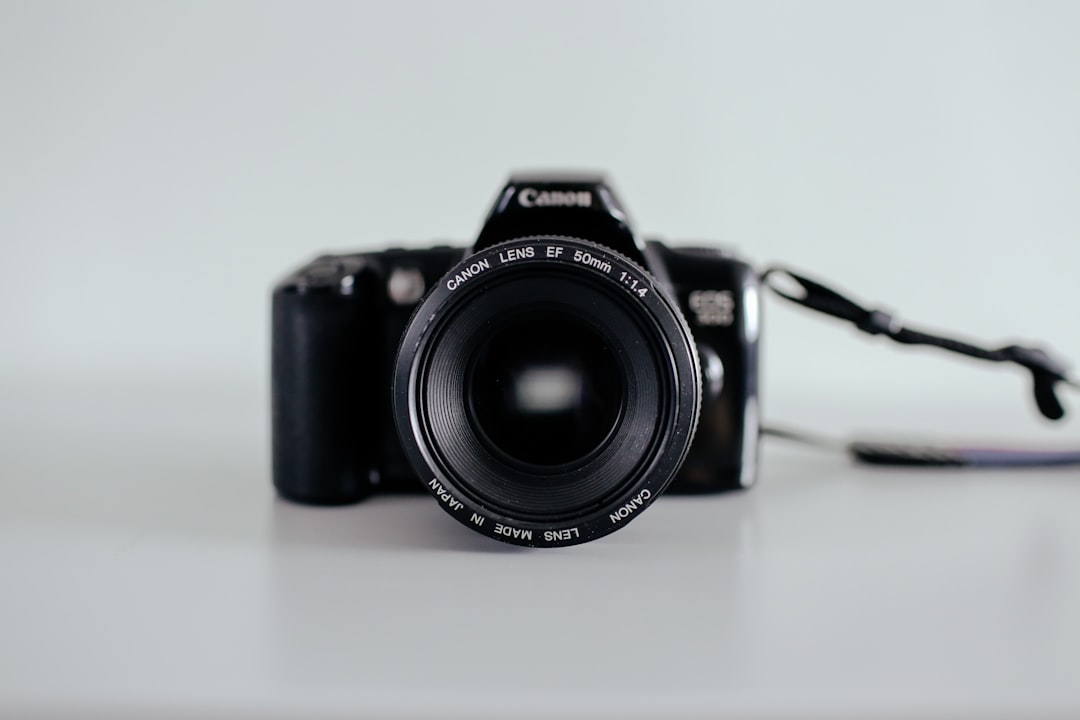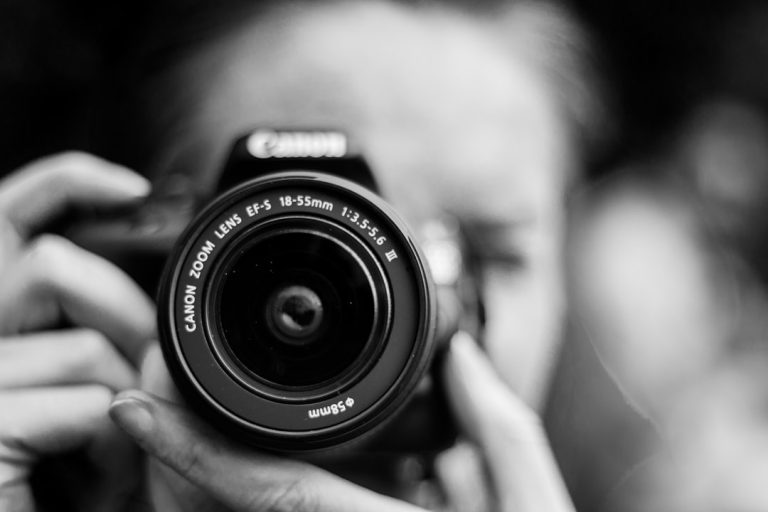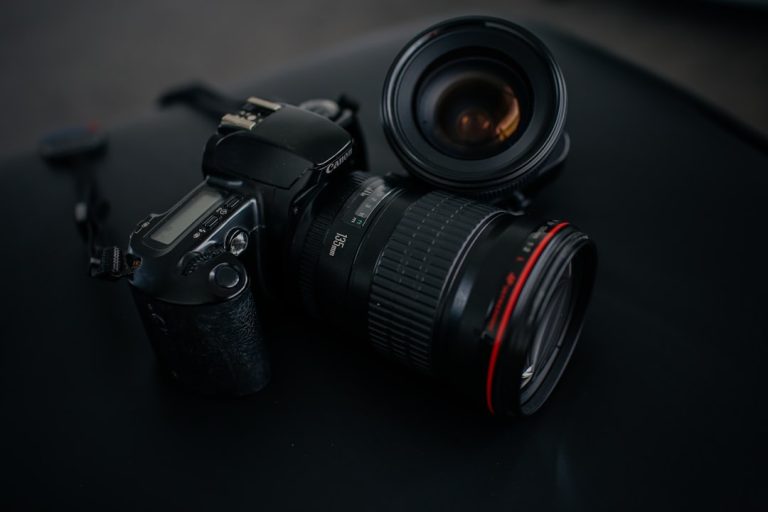Capturing Moments: The DIY Photographer’s Guide to Creative Gear
In a world dominated by high-tech gadgets and pricey photography equipment, the notion of a DIY approach can seem quaint or even unthinkable. Yet, for those with a creative spark and a dash of ingenuity, making your own photography gear can be both a rewarding and cost-effective endeavor. Let’s explore how you can transform everyday items into valuable photography tools.
Imagine you’re standing in a park, surrounded by nature’s canvas. The light is perfect, but you forgot your tripod. Instead of despairing, look around. That sturdy branch? Perfect for a makeshift stabilizer. With a bit of twine or some tape, you’ve got yourself a reliable support to keep your camera steady. The essence of DIY photography is in the art of improvisation, and the world is full of potential.
Start with lighting. Photography is, at its core, painting with light. Professional lighting kits can cost a fortune, but you can create soft, diffused light with items you already have. Consider using a white shower curtain or a piece of wax paper as a light diffuser. Place it in front of a lamp or a window to soften harsh shadows. If you’re shooting outside, a white umbrella or even a bedsheet can help create that dreamy, evenly lit effect.
Let’s talk about lenses. A macro lens might seem like a luxury, but with a bit of cleverness, you can create your own. Take an old pair of binoculars or even a magnifying glass, and with a steady hand, position it in front of your camera’s lens. You’ll be amazed at the level of detail you can capture. Want to experiment with fisheye effects? An old peephole lens can offer you a wide-angle perspective without breaking the bank.
Filters are another essential in the photographer’s toolkit, and they’re surprisingly easy to DIY. For instance, placing a pair of sunglasses in front of your lens can act as a polarizing filter, cutting through glare and enhancing colors. Need a dreamy, soft-focus effect? Stretch a piece of pantyhose or mesh fabric over your lens for an ethereal look. For a color tint, try shooting through a colored plastic sheet or gel.
One of the best aspects of DIY photography gear is that it encourages experimentation. When you make your own tools, you learn not only about the equipment but also about your own style and preferences. It’s an opportunity to innovate and think outside the box, often leading to unique shots that a standard kit might not capture.
Of course, the DIY approach is not without its challenges. There’s a learning curve, and not every idea will work on the first try. But that’s part of the adventure. With patience and creativity, you’ll not only save money but also develop a deeper understanding of the art and science of photography.
So, the next time you’re out shooting and find yourself missing a piece of gear, take a moment to look around. You might just find the perfect solution right at your feet. Remember, in the world of photography, sometimes the best equipment isn’t bought; it’s made.



